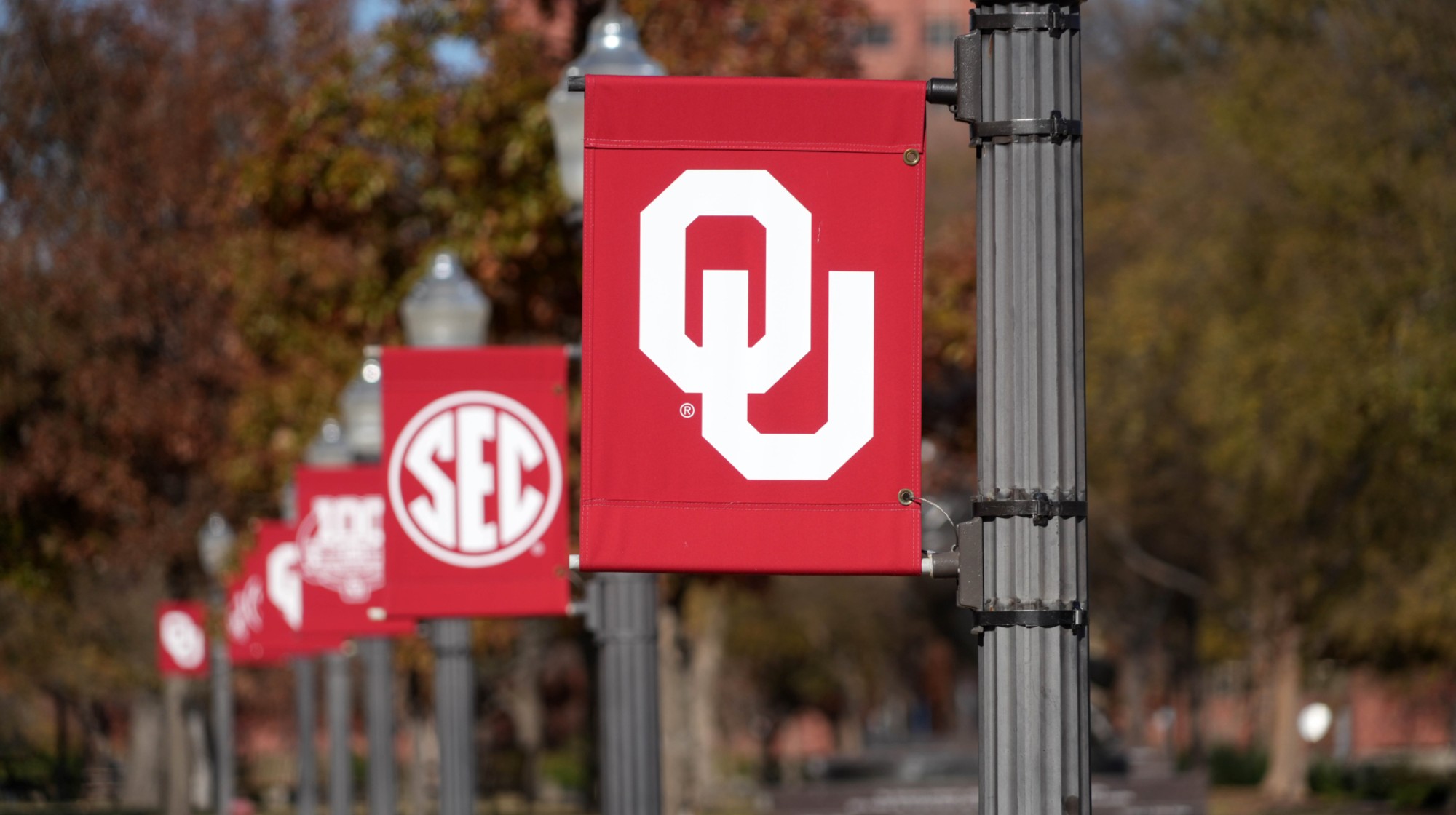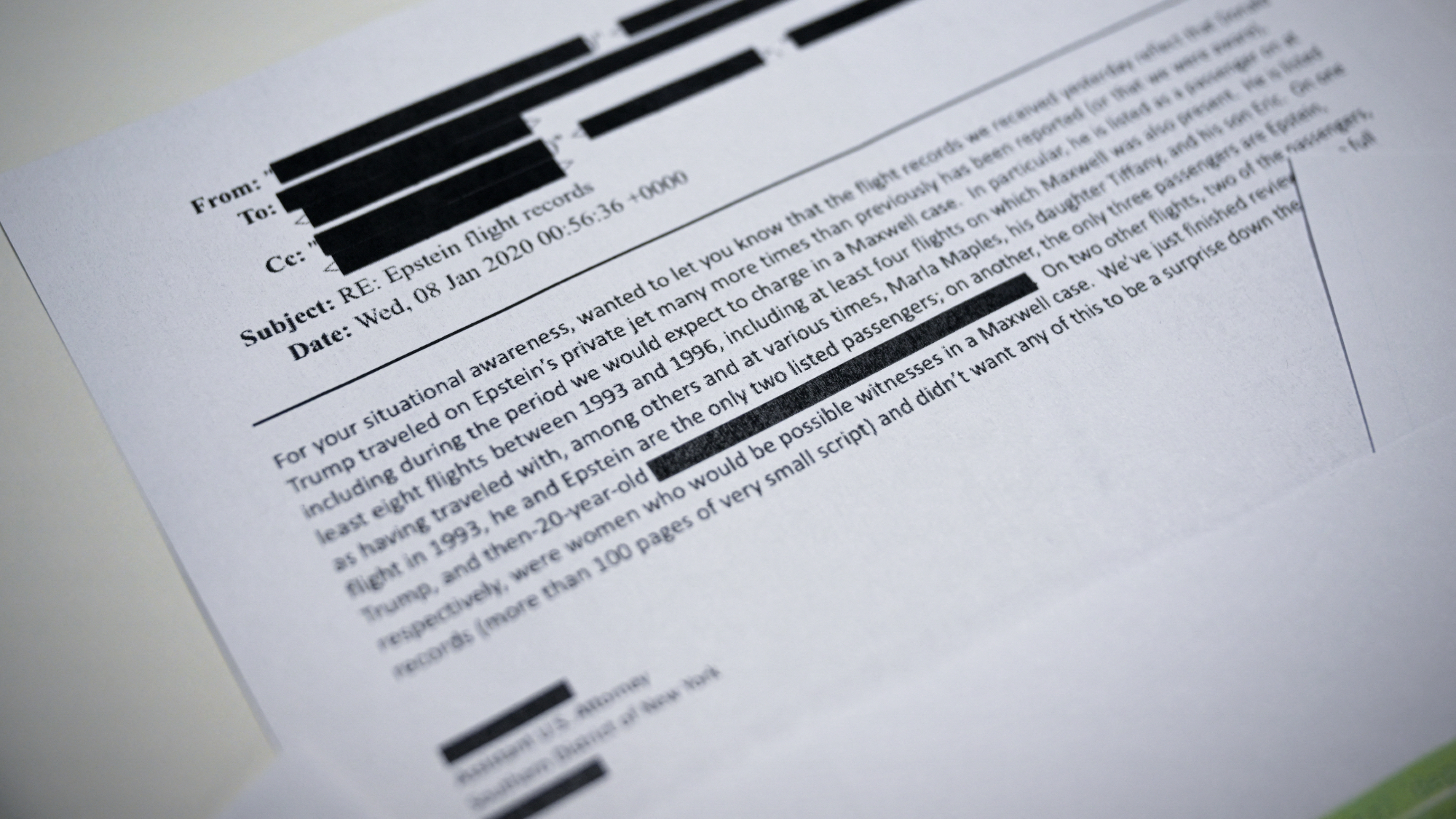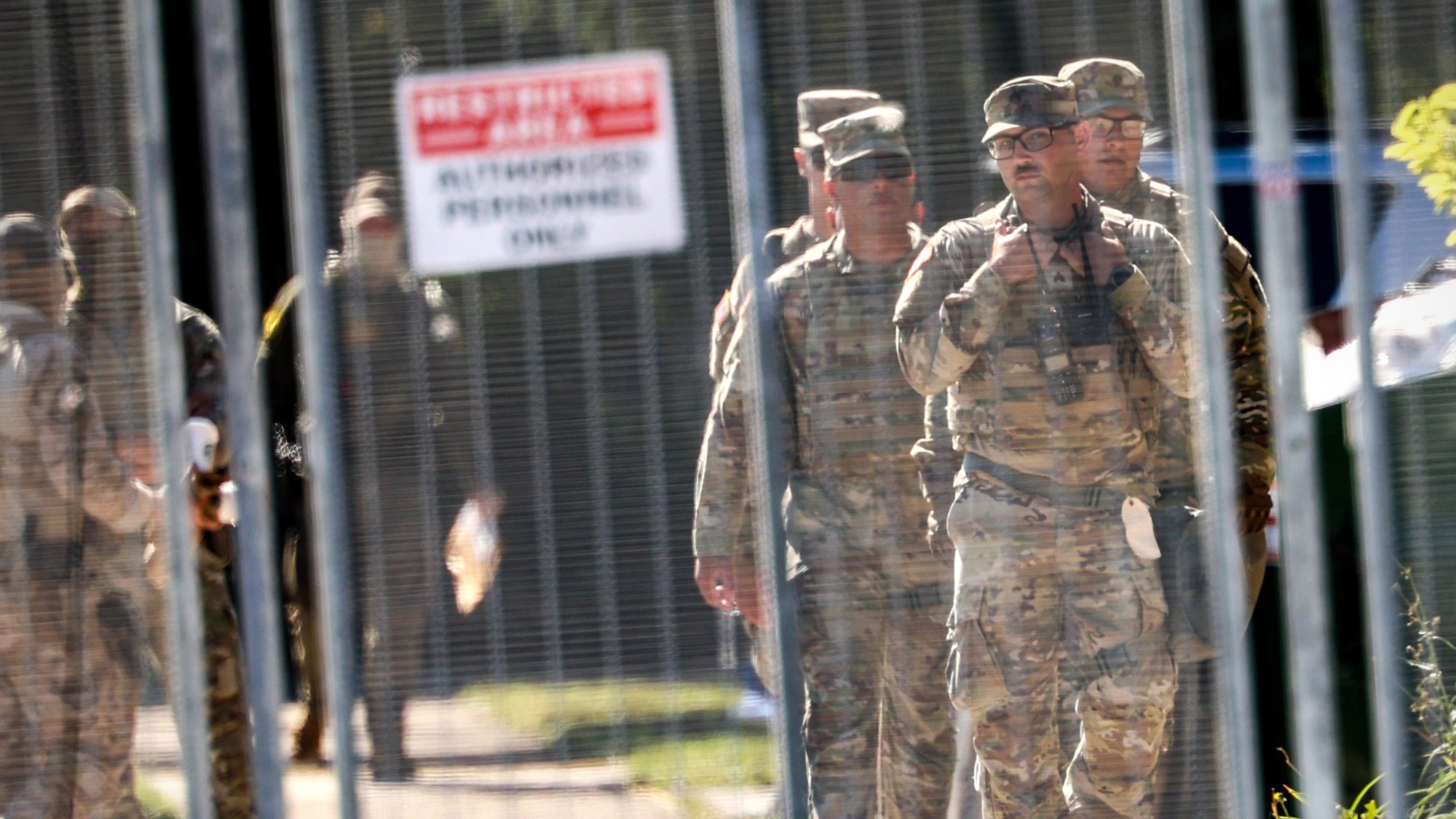Bring back the laugh track
Comedy in the age of coronavirus is mostly defined by awkward silences


Right now, I'm imagining your laughter.
Stephen Colbert had meant that as a joke when he addressed the comment to the camera in a mostly-empty studio, during the brief period when late night TV taped in their normal venues but without live audiences, before the quarantine ax fell completely. The comment, delivered as a sort of punchline after a skit about the closure of Broadway, earned chuckles from those within earshot: Late Show technicians, the house band, maybe even a few writers who'd strayed into the theater. But watching it again today, Colbert's delivery feels a little sharper, a little less funny, a little more desperate. Without the scattered laughter, I might not have realized it was a joke at all.
Since late night hosts, like the rest of Americans, have been ordered to stay home, they've been finding new, inventive ways to broadcast their programs from makeshift studios in their houses. Partners have become camerawomen and off-screen interlocutors; children are recruited as wobbly-handed graphic designers; pets crash opening monologues. But no one has yet managed to account for the weird new silence on late night TV, the pauses that only serve to emphasize the absence of a live studio audience. It is a void in the place of what is really needed: A laugh track.
The Week
Escape your echo chamber. Get the facts behind the news, plus analysis from multiple perspectives.

Sign up for The Week's Free Newsletters
From our morning news briefing to a weekly Good News Newsletter, get the best of The Week delivered directly to your inbox.
From our morning news briefing to a weekly Good News Newsletter, get the best of The Week delivered directly to your inbox.
Admittedly, under normal circumstances, people hate laugh tracks. The use of pre-recorded, studio, or "sweetened" audience laughter dates back to the early days of sitcoms, when producers feared that at-home viewers wouldn't know how to take a joke. The laugh track, then, became a kind of indication that it was okay to snicker, or that a gag was a gag. While it seems obvious now, prior to the invention of TV, virtually all entertainment had been enjoyed in the company of others, and consequently within earshot of other people's reactions — watching a joke without hearing others laugh didn't often happen, unless the comedian was bombing. Still, even some at the time loathed the device: "The laugh track is the single greatest affront to public intelligence I know of," actor David Niven claimed in 1955.
Despite its proven effectiveness as a "this is funny" signpost over the years (iconic shows like I Love Lucy, Friends, and Seinfeld all employed audience laughter generously), the laugh track remains today a widely-despised sound effect, especially among TV critics. "Give us, the viewers, some respect," slammed Sam Wollaston in The Guardian in 2016. "We've grown in sophistication over the years, to the point that we can even be trusted to make up our own minds about whether something is funny." The Wollastons of the world are winning, too: although the nominees for the comedy Emmy in 2000 consisted of four different sitcoms with a laugh track plus Sex and the City (which lost), there now hasn't been a comedy nominee with a laugh track since 2014, when The Big Bang Theory was up for an award.
All this is to say that a laugh track might not be the most fashionable answer to late night's quarantine-induced awkward-silence problems. Still, they are problems; late night hosts appear at a loss for how to deliver their opening monologues when there's no audience to bounce it off of.
Of the late night hosts forging ahead, Last Week Tonight's John Oliver is particularly off balance without the cue of audience laughter. Since the early days of the outbreak, Oliver has set aside large segments to cover news related to the coronavirus, which is, by its virtue, worrying and tragic. While there's nothing wrong with adding levity to the story (humor is a proven, healthy way to stay sane in response to the pandemic), Oliver's style doesn't always make it obvious if you're supposed to be laughing, and his witty observations, which usually fire up what one attendee of a Last Week Tonight taping once described as Oliver's personal "fleshy laugh track," are followed by unhelpful silence.
A free daily email with the biggest news stories of the day – and the best features from TheWeek.com
Take Oliver's coronavirus segment on Sunday. "Those experts are right: in managing a pandemic, there is almost nothing more important than widespread, effective testing," Oliver explains. "It is your only chance of tracking and containing the spread from the start. Unfortunately, tests have been alarming scarce in this country, despite the fact that the president has repeatedly claimed that is not the case, even declaring in early March that anyone who wants a test can get a test — but that wasn't true then, and it still isn't true now." Were we supposed to laugh at the irony of Trump claiming tests were available when they weren't, based on Oliver's stress of "unfortunately?" It isn't clear where his set up ends, or if it's even ended at all, and without laughter, it feels more like reporting.
Oliver then leads into a sad story about an immunosuppressed woman in an ALF in Florida who can't obtain a COVID-19 test, which Oliver bounces off of by saying "now 'ALF,' incidentally, refers to 'assisted living facility,' and not the '80s sitcom alien. Although if she were living in Alf, she should probably still get tested, since I've heard rumors that this whole thing started from someone eating Alf soup." The emotional register is all off: The clip was a downer, and now there's a semi-lame joke about Alf? Without laughter encouraging us, it falls flat and awkward.

Other hosts are struggling, too. Take a look at this clip from The Tonight Show Starring Jimmy Fallon from last week, in which he all but resorts to reading his lines off a piece of printer paper:

Saturday Night Live is also clearly at a loss without its live studio audience. Absent an audible reaction from the crowd, I could barely even tell which beats were supposed to be funny when the most recent "at home" episode aired a week ago. The pauses, normally used as a kind of "insert laugh here" signal, instead give the entire show the feeling that the actor is bombing, performing duds before an impassive and stony-faced crowd. Most of the jokes end up coming across as mildly weird, rather than organically funny:

Obviously not every comedy routine performed in an empty room has to be this awkward. Vloggers, for example, have perfected the art of comedic monologues performed for no one. Colbert, for one, has noticeably adjusted his technique for the new format — his jokes are now delivered a little bit faster, without the pregnant pause for laughs — but other late night hosts seem stuck continuing to do what outwardly looks like a disastrous open mic performance.
Of course, inserting a laugh track wouldn't fool anyone — no one is going to believe there's an audience of 100 people sitting just out of frame in Samantha Bee's living room. But so long as late night hosts are going to continue with their opening monologues, then there needs to be some sort of cue to viewers to relax into the humor. "The necessary stimulus for laughter is not a joke, but another person," explained Association for Psychological Science Fellow Robert R. Provine, a "laughter expert," in an article for Current Directions in Psychological. In fact, especially in these times when audiences are tense enough to begin with, hearing others laugh makes us feel relaxed and pleasantly disarmed.
A laugh track is manipulative, sure. It has been scientifically proven that hearing someone else laugh makes bad jokes seem funnier to us — in fact, watching shows like Friends and The Big Bang Theory without the usual accompanying laughter makes you realize how insanely and uncomfortably creepy the humor is when everything is stripped away. But we naturally seek clues about how to respond to jokes from those around us. Laughter is a social form of communication; researchers have found that "we are 30 times more likely to laugh if we are with someone else than if we are on our own."
Someday, of course, the studios will reopen, and hosts will go back to telling their jokes before live audiences, who will laugh and chortle and guffaw on their own accord. It will be a beautiful sound — one I miss, and one I hope to hear back on TV soon. But until that day comes, I'll take whatever version I can get.
Want more essential commentary and analysis like this delivered straight to your inbox? Sign up for The Week's "Today's best articles" newsletter here.
Jeva Lange was the executive editor at TheWeek.com. She formerly served as The Week's deputy editor and culture critic. She is also a contributor to Screen Slate, and her writing has appeared in The New York Daily News, The Awl, Vice, and Gothamist, among other publications. Jeva lives in New York City. Follow her on Twitter.



